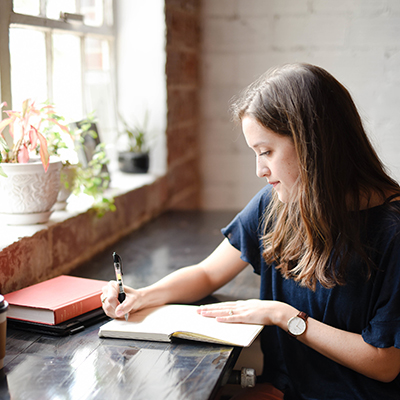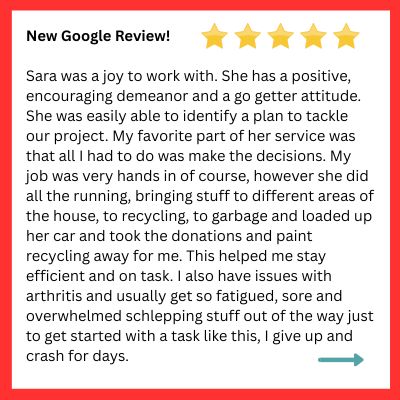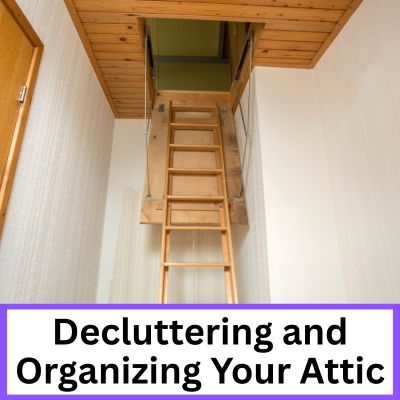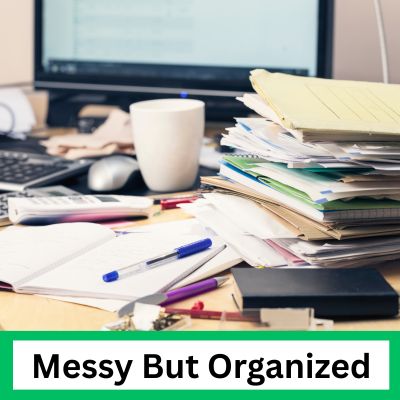The Equinox is a Time of Balance

According to the Washington Post, “the autumnal equinox is the halfway point between our longest and shortest days of the year — a time when Earth and the sun seem to stand in geometrical balance. It’s the exact moment when the sun appears straight over Earth’s equator (zero degrees latitude) and our entire planet receives roughly equal amounts of daylight and darkness.”
What are you wanting and needing to bring into balance? This is a great time of year to look back on the intentions you set at the beginning of the year. What have you accomplished? What work do you still need to do? It’s also a good time of year to harvest what you have planted. Even if it’s not a literal harvesting of vegetables (for example), what benefits can you allow yourself to enjoy? It’s a time for things to end, but it’s also a time for new things to begin. What are you bringing to a close, and what are you opening up? What are you committed to? These are questions that are often written and then subsequently answered while journaling.
Many people have an abundance of blank (or partially blank) journals. When I’m helping my clients organize, I often hear people say that they need to get back into journaling. The Fall is a great time to turn inward, to reflect, and to explore your inner worlds. Journaling helps organize thoughts, clarify feelings, get to the root cause of our motivations. So often we are tuned in to our external world, and the voices, opinions and influence of others. We talk to friends, read the news, observe our neighbors, listen to advice from others, which is usually advice they should really be using for themselves, yet project it outward. We watch hours of TV that can deafen our inner guidance system. When we ignore our inner guidance, it gets louder. Dr. Gabor Mate writes in depth about this in his book, “When the Body Says No”. The theory is, when we don’t listen to the signals our body is giving us, it shows up as body ailments. What may start off as a stiff neck, a skin irritation, or a sore throat could escalate into major chronic illnesses. While there are many environmental, genetic and lifestyle factors that contribute to disease, it is worth considering whether there could be a connection between our emotions and our health. Our body holds onto trauma and painful memories until we are able to process them in a healthy way.
Our homes can also hold trauma and memories. It can show up as clutter, dust, mold, leaks, insect infestations, broken windows… the list goes on. Sometimes the home is mirroring things that have gone on in the home (like an argument), but it can also be mirroring what is going on in your body or your mind.
Journaling can be done in many different ways. Often when we get caught up in our mind with rumination, purging our thoughts is a great way to break the cycle. Without structure, it’s also possible to drive the mental rut even deeper with resentment and blame. Use a timer to give yourself structure for this journaling exercise. Depending on how much time you’d like to allow yourself, break up the following questions into different amounts of times. You may also choose to work on different sets of questions over multiple days.
- Begin with a stream of consciousness writing. What is top of mind? Where are your thoughts? What has your attention?
- Make a list of all of the emotions you are feeling. Anger, sadness, joy, excitement, worry. Briefly explain why you are feeling each one, and really let yourself feel the feelings without trying to repress them. Then take some time to explore the most dominant feeling right now.
- Reflect on the past. What are you proud of? What lessons have you learned? How have you changed?
- Dream about the future. What do you hope to manifest? What are your goals? Make a bucket list of things you want to do or accomplish at some point in your life.
- Take stock of how you are doing in the present. What is going on in your life right now? Today? This minute? Notice how it feels to be truly present. You may even choose to do a body scan to write about how the different parts of your body feel in the moment. Tune in to your senses. What do you see, taste, feel, smell and hear? While you may be rolling your eyes at these questions, why is it so uncomfortable to be present? Do you feel a need to continually be entertained and stimulated? Why can it be so painful to go for more than a few seconds without an electronic device, a book, or someone else to keep us company? Journaling these feelings help them come to the surface and allow you to feel them, understand them and deal with them in a healthy way.
- Gratitude. What are you thankful for? It could be as small as your favorite pen that makes you feel special because of the person who gave it to you was special. Maybe your gratitude thoughts land on clean water, food in your fridge, a giggle from your child or a nuzzle from a pet. Gratitude is all around you. Start journaling with something simple and then more and more gratuitous things will come to mind, and eventually come to you in life.
- Write about your home. What events have taken place there? What events would you like to take place? What memories is your home storing? How do you feel in your home? Why do you choose to keep the objects you keep? Who are you when you are in your home? When do you plan on finishing the projects that are unfinished? Where in your home do you feel most secure? Most exposed? Most afraid? Most happy?
Use these questions as a springboard to lead to deeper inquiry about what matters most to you. Once you do this journaling exercise, notice if you’ve felt inspired to make a change in your home. Sometimes we keep objects around as “place holders” to make sure we don’t forget to hold a grudge, to maintain a wounded identity, to keep us stuck in the past, or to subconsciously remind ourselves that we don’t know/don’t have/haven’t done or aren’t “enough”. Allow this journaling exercise to let go of some of the unnecessary burdens that limit your buoyancy.
If this journaling exercise motivated you to make space for more balance in your home, I would love to hear about it! Send me a message or join our Sparkle Tribe and share with the group!
Image Credit: Hannah Olinger
As an Amazon Associate, I earn from qualifying purchases.




